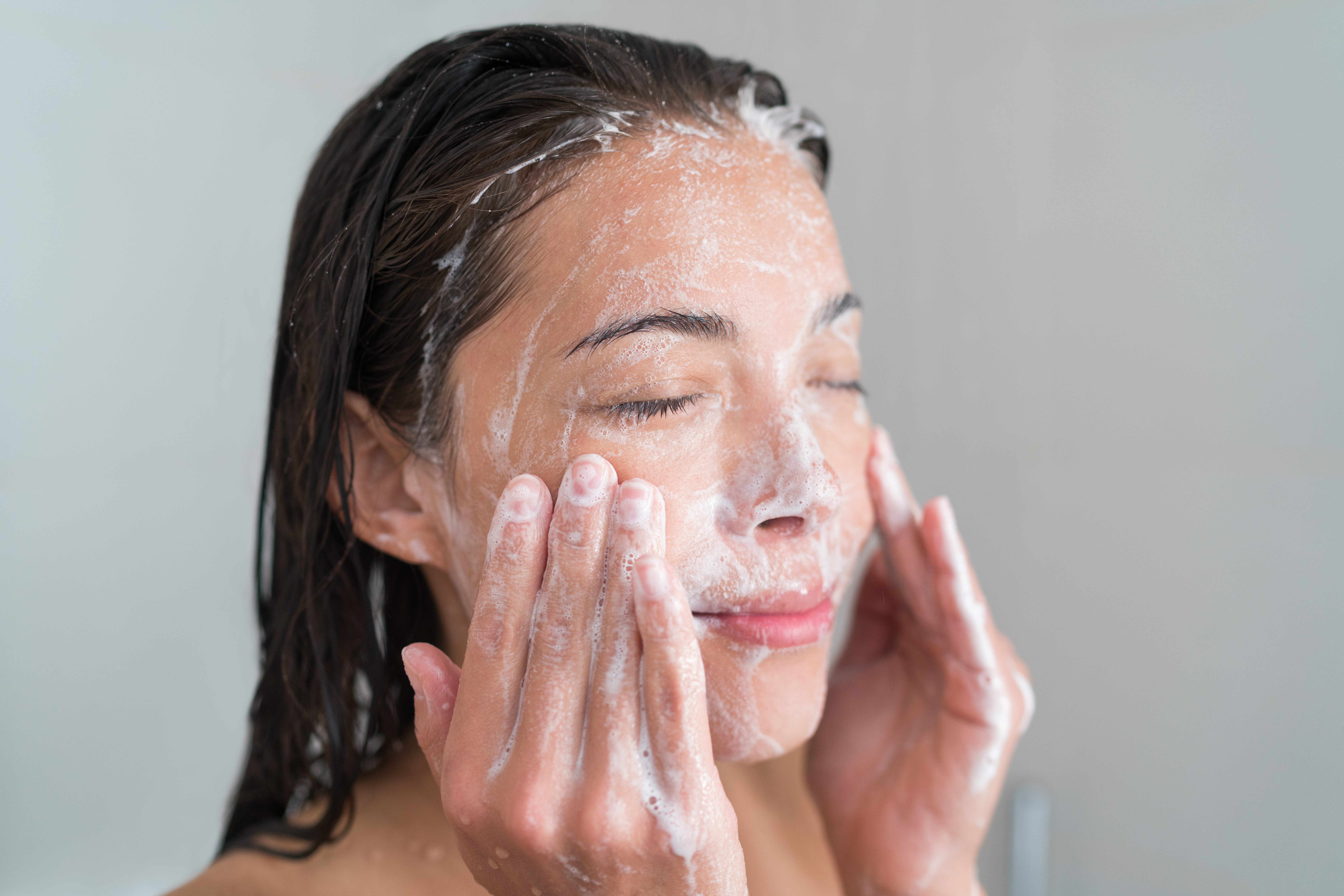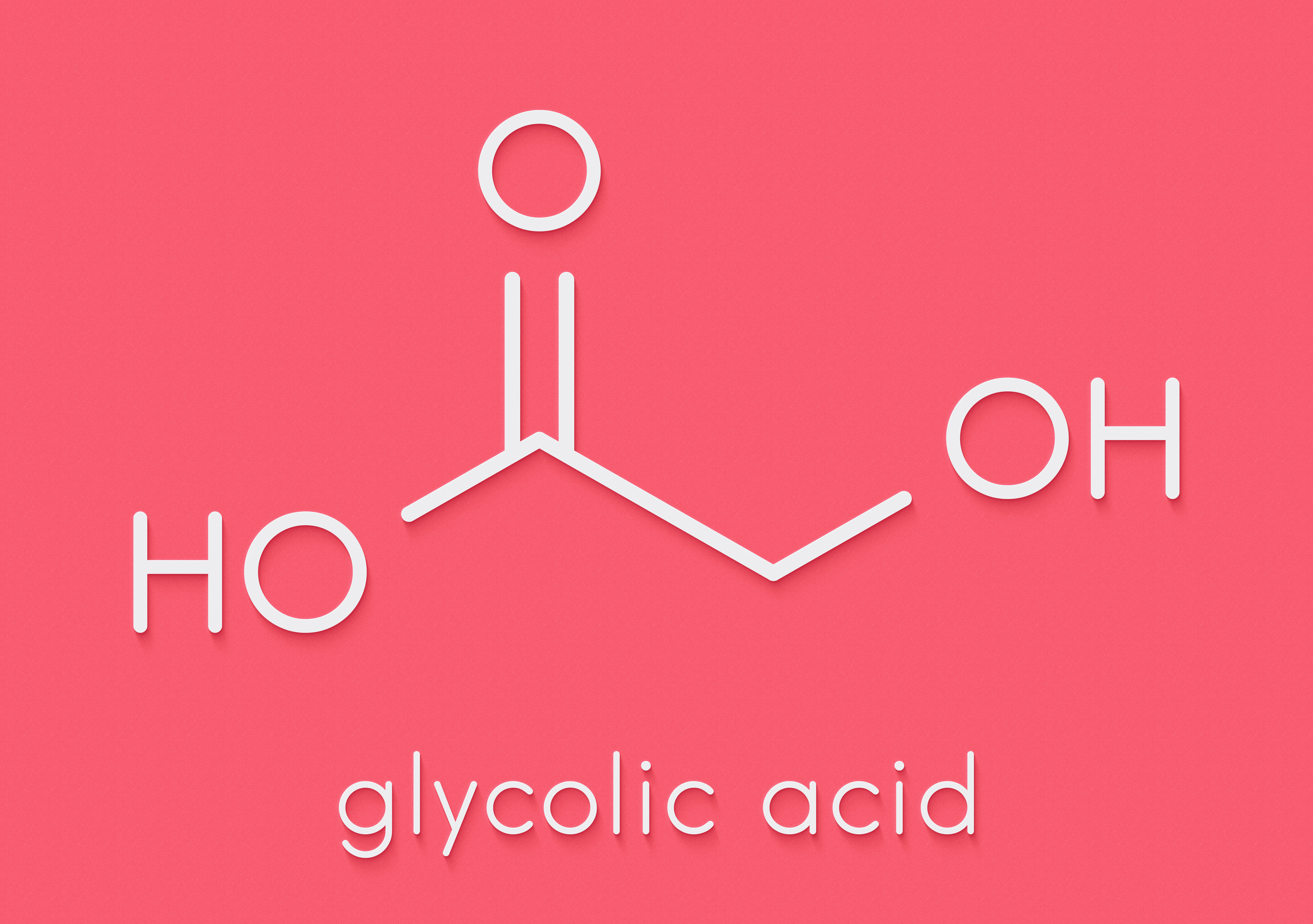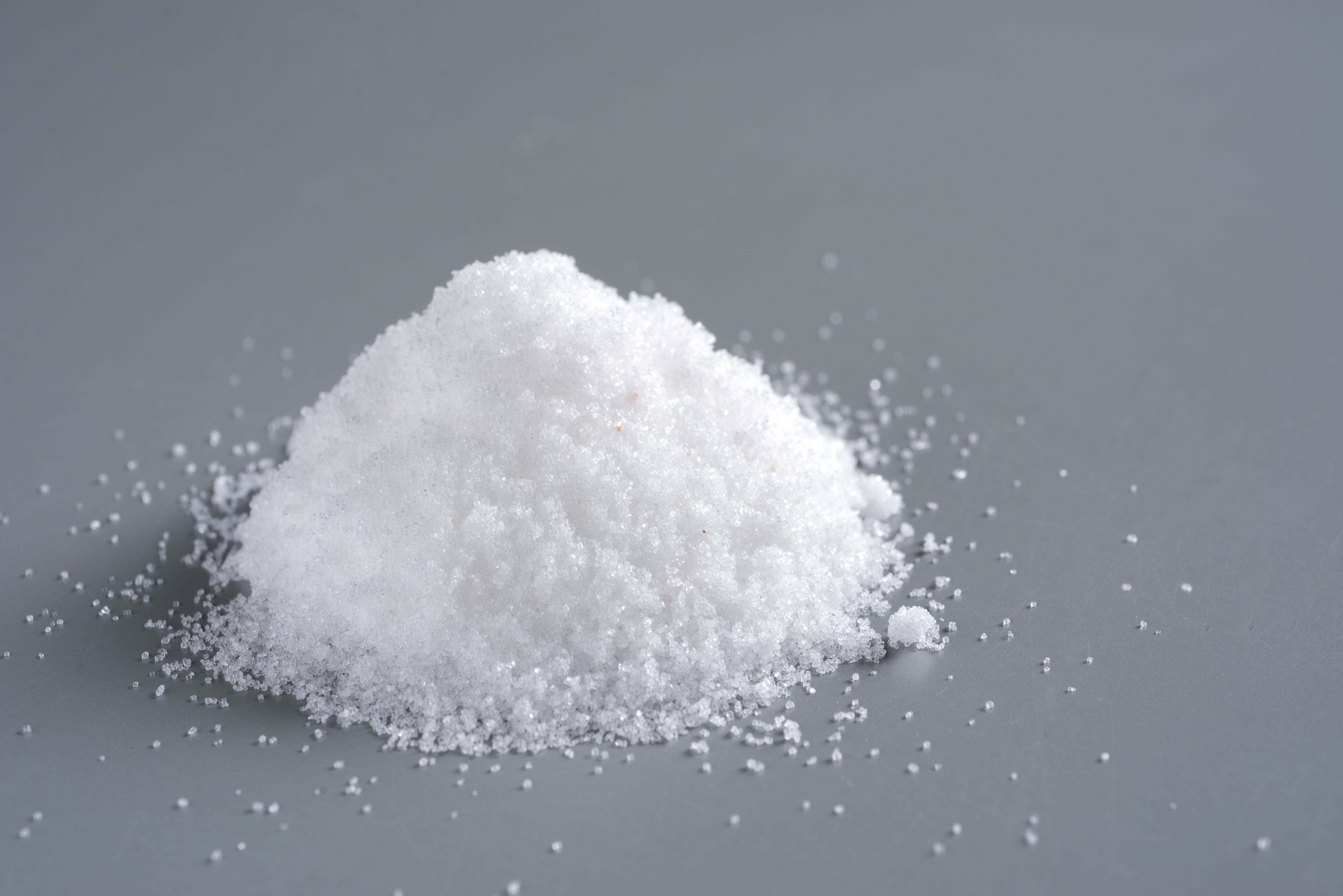You may think that the only exfoliators on the market are gritty little scrubbers, or products with beads or granules in them. Think again.
Chemical exfoliators offer the same smooth results but are far less irritating to your skin. Never heard of chemical exfoliators? You’re in luck. We’re here to teach you about one of our favorite chemical exfoliants: Glycolic Acid. And don’t be scared of the word acid! This acid is one you’ll want to get your skin familiar with.
What is glycolic acid?
Glycolic acid is one of the best chemical exfoliators out there. Small but mighty, doctors and dermatologists alike can attest to glycolic acid yielding the best overall results for the largest crowd. Those results are thanks to glycolic acid’s small molecule makeup which allows it to penetrate almost any skin type without irritation.
Glycolic acid falls into the category of alpha hydroxy acids, AHAs, which are naturally occurring substances found in milk, cane sugar and fruits. These are gentle and robust exfoliants that work well on almost any skin type and can treat a variety of skin concerns. In its raw state, glycolic acid is an unscented, colorless crystal powder and it can be found in both everyday cleansers and facial washes as well as in spa-grade skin treatments and facials.
How does glycolic acid work in skincare?
Glycolic acid easily penetrates through your top layer of (dead) skin cells thanks to its chemical makeup. What exactly does that mean? It’s got teeny-tiny molecules that squeeze through small pores and then work hard to break down and dissolve all those dead cells, sebum and dirt trapped in your skin — and reveal a far more refreshed complexion.
It also has the ability to transfer water from the air into your skin to replenish lost moisture, making it effective in lotions and serums. It has also been shown to plump the skin by boosting collagen production and increasing cell turnover (aka telling your skin to shed its old cells and create new ones)!
Who benefits from using glycolic acid?
A number of people dealing with various skin conditions can benefit from using glycolic acid. If you suffer from acne, whether hormonal or situational, it’s a great way to chemically exfoliate your skin without creating more redness or excessive irritation. If you happen to experience peeling or flaking after introducing it into your routine, lactic acid, another AHA, could be a better fit for you!
Glycolic acid is incredibly beneficial in treating uneven skin tone or texture, hyperpigmentation, and scarring from acne.
If you’re experiencing rough, dry skin on your body, look for a glycolic acid-infused body lotion or body scrub, which will help smooth out your skin by exfoliating away patches of dead skin.
If you’re dealing with a stubborn ingrown hair, a glycolic acid body scrub is also your go to! Use it and resist the urge to pluck it out with your tweezers or fingers. This can lead to an infection from introducing new bacteria to an already infected area.
Along with treating the above conditions, glycolic acid can also be beneficial for treating early signs of aging. It is able to boost collagen production and keep skin supple (which diminishes with age). It’s not a replacement for your other anti-aging products, but a great addition to your routine. 
Where can I find glycolic acid?
Glycolic acid is more common than you might think — look out for it as an active ingredient in face and body scrubs, acne-focused treatment products such as cleansers and serums, a wide range of anti-aging and acne-fighting face masks, and even in certain face and body moisturizers. You’ll find it in washes — aka products that just sit on your skin temporarily — and in leave-on treatments, such as serums and hydrators, that let ingredients sink into the skin during the day or overnight.
All of these products will contain varying concentrations of glycolic acid. The max over the counter strength of glycolic acid that you’ll see is 15%-20%, but you’ll more commonly read 8% and 10% on ingredient labels. Professionals will use much higher percentages, and prescription-strength glycolic acid is also available.
Finding a product with the right pH balance of any AHA is important… everyone’s skin is different! But finding the percentage that’s right for you will means you’ll actually feel a slight tingling sensation, instead of too much redness or nothing at all. To introduce this powerful ingredient into your routine, we’d recommend looking for a product with glycolic acid as an active ingredient, versus being listed at the bottom of the ingredient list.
When using an AHA like glycolic acid, you should always test a small amount of the product on your skin first, to make sure you’re not allergic or sensitive to the ingredient. As with any exfoliant, you shouldn’t be using it more than 2 or 3 times a week. Also note that your skin will be more susceptible to sun damage, so make sure to use an SPF when using any glycolic products!







HI JACQUELINE,
I agree glycolic acid have lots of benefits regarding pimples and acne and personally I have tested glycolic acid to heal my pimple and I was succed,,
Thanks for sharing..